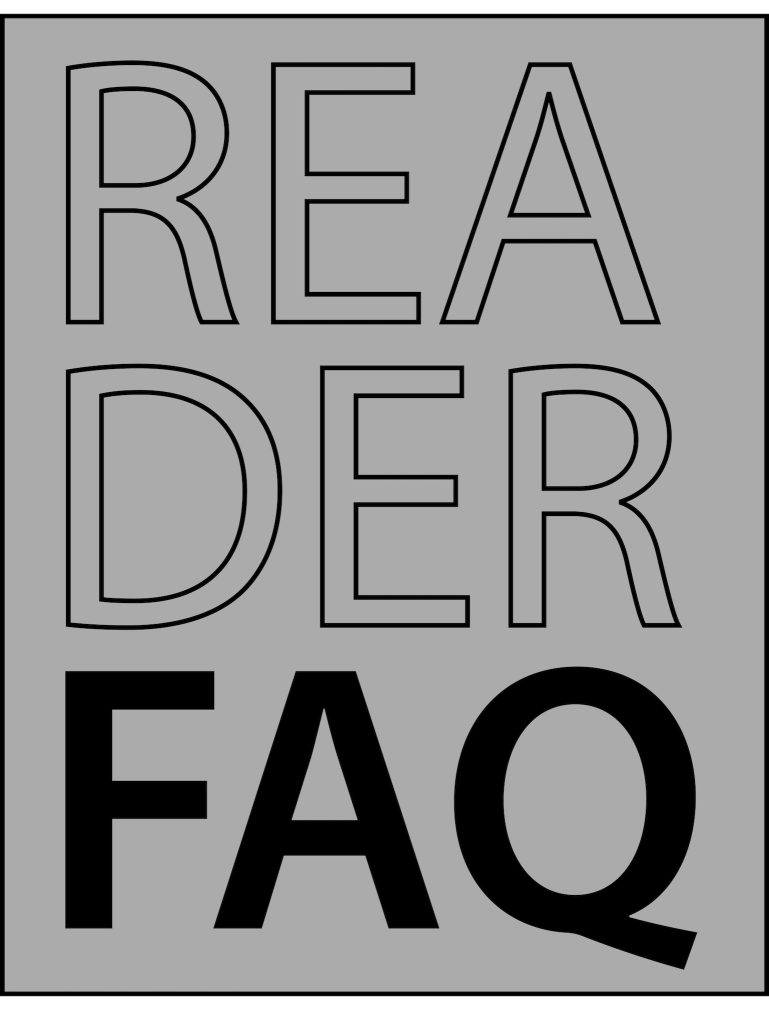Overview
ABC Manufacturing is an 80-person metal stamping and assembly company located in Michigan. Over its 15-year history, ABC has struggled to effectively manage human resources, control rising workers’ compensation costs, and provide affordable healthcare benefits. This has contributed to above-average employee turnover, especially in the sales department. With limited internal HR staff, ABC has not been able to adequately address these challenges. They are considering hiring an HR executive with a benefits package that will cost around $93,750.
This case study analyzes whether partnering with a Professional Employer Organization (PEO) could allow ABC to improve HR capabilities, reduce expenses, enhance retention, and better manage performance. A PEO partnership has the potential to provide immediate cost savings on benefits and insurance while upgrading HR infrastructure to drive long-term gains in productivity, engagement, and strategic talent management.
Key Pain Points
High and Rising Workers’ Compensation Costs
ABC currently spends $40,000 annually on loss control mitigation efforts but has an above-average experience rating for its size and industry. This results in high and quickly rising workers’ compensation insurance premiums, which have increased 50% over the past 3 years to $140,000 annually.
Turnover in Sales
The sales department has over 25% annualized turnover, significantly higher than other areas of ABC. Management has struggled to identify the root causes due to their limited HR resources being preoccupied with retention and engagement strategies. This turnover has hurt sales productivity and customer relationships.

Limited HR Capabilities
With only a shared business manager and a payroll clerk, ABC struggles to handle core HR functions like talent acquisition, onboarding, training, performance management, succession planning, and compensation design. The lack of capabilities makes it difficult to track and improve retention.
Expensive Health Insurance
ABC currently offers employee-only coverage because family premiums are unaffordable. For example, adding a spouse and child would cost an employee over $500 per month. This makes hiring and retaining workers with families extremely challenging.
Rising Benefit Costs
Not only is the healthcare coverage limited, but ABC has also seen premiums rise nearly 50% in 3 years for employee-only plans. Workers’ comp and healthcare now make up over 30% of payroll.
PEO Solution
Partnering with a PEO could provide ABC with a broad suite of HR services and access to pooled benefits plans to improve capabilities while reducing costs. A PEO collaborates with clients as a co-employer, taking on key administrative responsibilities. Specifically, partnering with a mid-sized regional PEO could provide ABC:
HR Administration
The PEO handles payroll, benefits, compliance, recruiting, onboarding, training, performance reviews, employee relations, and other transactional and administrative HR tasks. This lifts the burden on ABC’s limited staff.
Workers’ Comp Savings
The PEO brings ABC into its larger workers’ comp program with significantly lower rates. Conservative estimates project a 10-15% reduction in ABC’s premiums in the first year.
Improved Risk Management
The PEO conducts loss control assessments, provides safety training, and advises on incident reduction strategies. This can drive continuous improvements in ABC’s loss rates over time.
Enhanced Health Benefits
The PEO affords access to a large group medical plan with lower premiums. ABC could offer employees multiple affordable coverage options.
Reduced Benefit Costs
Employees could save thousands per year on family coverage. Improved plans also help ABC attract and retain top talent.
HR Staff Augmentation
The PEO has an HR team that essentially becomes ABC’s HR department. This provides support across talent acquisition, onboarding, training, performance management, employee relations, and more.
Access to Systems
ABC gains access to the PEO’s HRIS, online benefits enrollment, applicant tracking, payroll system, and other technology resources.
Compliance Expertise
The PEO handles compliance with labor regulations, ACA requirements, FMLA administration, and other complex regulations.
Training and Development
The PEO provides access to a training platform with thousands of online courses as well as discounted instructor-led training.
In addition to cost savings on workers’ comp and benefits, partnering with a PEO provides ABC with strategic talent management capabilities that its current payroll clerk and business manager don’t have the capacity to deliver. This gives ABC the infrastructure to drive improvements in turnover, performance management, leadership development, and succession planning.
While the PEO handles most administrative aspects of HR, ABC maintains control over all aspects of its core business operations. The partnership takes HR administration off ABC’s plate so it can focus resources on improving manufacturing, sales, and customer service.
Financial Analysis
Currently, ABC’s annual HR-related expenses include:
- HR Executive: $75.000
- Benefits for new position: $18,750
- Workers’ Comp Insurance: $140,000
- Health Insurance: $220,000
- Payroll and HR Admin: $11,000
- Loss Control Mitigation: $40,000
Current Total: $504,750
Under a PEO partnership, these are projected Year 1 costs:
- PEO Services Fee: $150,000
- Workers’ Comp Insurance: $126,000 (10% savings)
- Health Insurance: $200,000 (10% savings)
- Loss Control: $30,000 (25% improvement)
- HR Administration: $0 (shifted to PEO)
Projected Year 1 Total: $506,000
The costs are estimated to be slightly higher in Year 1 as insurance plans overlap during the transition. In future years, total costs could decrease further through lower health premiums, reduced loss rates, and improved risk management.
In addition, ABC employees with families would likely save thousands per year on health premiums. This improves the perceived value of benefits to employees and generally increases retention rates as employees rely on the lower family benefit costs.
The PEO delivers nearly immediate cost neutrality but upgraded capabilities and a path to 5-10% total cost reductions within 2 years. This makes it a financially prudent investment in ABC’s talent management infrastructure.
Implementation Recommendations
Selecting the right PEO partner is critical for a successful transition. ABC should conduct due diligence on 4 to 6 regional PEOs, including:
- Analyzing services, fees, and contract structure
- Vetting health plan and workers’ comp carriers and rates
- Identifying partners with manufacturing expertise
- Assessing culture fit and service quality
Once a PEO is selected, the focus must turn to change management. With staff already stretched thin, the PEO and ABC must collaborate closely on implementation. Best practices include:
- Create a transition checklist and timeline
- Have ABC managers meet with PEO to review services and systems
- Develop a communications plan to inform staff
- Identify process changes needed to integrate the PEO’s systems
- Provide managers training on new HR systems like payroll, benefits, and performance management
- Schedule onsite PEO support during the transition
- Establish weekly check-ins to monitor progress and issues
Conclusion
ABC Manufacturing faces challenges with rising workers’ compensation and health costs, high sales turnover, and limited HR capabilities. Partnering with a regional PEO could provide immediate cost reductions for insurance and benefits while upgrading HR infrastructure.
This allows ABC to enhance compliance, safety, onboarding, training, and strategic talent management without increasing headcount or labor costs. And a carefully managed implementation will facilitate adoption across ABC’s workforce.
In summary, a PEO partnership can provide ABC Manufacturing with the HR capabilities and cost structure it needs to improve retention, productivity, compliance, and workforce planning. This can set ABC on a path towards smarter talent utilization, stronger risk management, and a more engaged, empowered team.

- What specific criteria did ABC Manufacturing use to select their PEO partner?
While we aren’t able to detail the selection criteria, companies typically consider factors such as the range of services offered, cost efficiency, the technology platform’s ease of use, the PEO’s industry experience, customer service quality, and the flexibility of the partnership arrangement. Businesses typically seek a PEO that aligns with their specific needs, such as compliance support, benefits administration, and payroll services, while also evaluating the PEO’s track record of helping similar-sized companies in their industry. - How did the transition to a PEO partnership affect ABC Manufacturing’s employee satisfaction and turnover rates in the long term?
The transition to a PEO partnership often aims to streamline HR operations, improve access to benefits, and enhance compliance and employee support, which can lead to improved employee satisfaction. However, we don’t have the data to speak to the long-term effects on ABC Manufacturing’s employee satisfaction and turnover rates. Generally, when a PEO effectively manages HR tasks and offers competitive benefits, it can lead to higher employee morale and lower turnover rates, as employees feel better supported and valued. - Can examples of other companies that successfully transitioned to a PEO partnership be shared for comparison?
We don’t have category-specific examples, but many small to medium-sized enterprises across various industries report positive outcomes from partnering with a PEO. These benefits often include improved compliance with labor laws, access to a wider range of employee benefits, and more time for the company’s leadership to focus on core business activities. Success stories often highlight the PEO’s role in helping companies navigate complex HR challenges, reduce administrative burdens, and achieve cost savings on benefits and workers’ compensation insurance.




